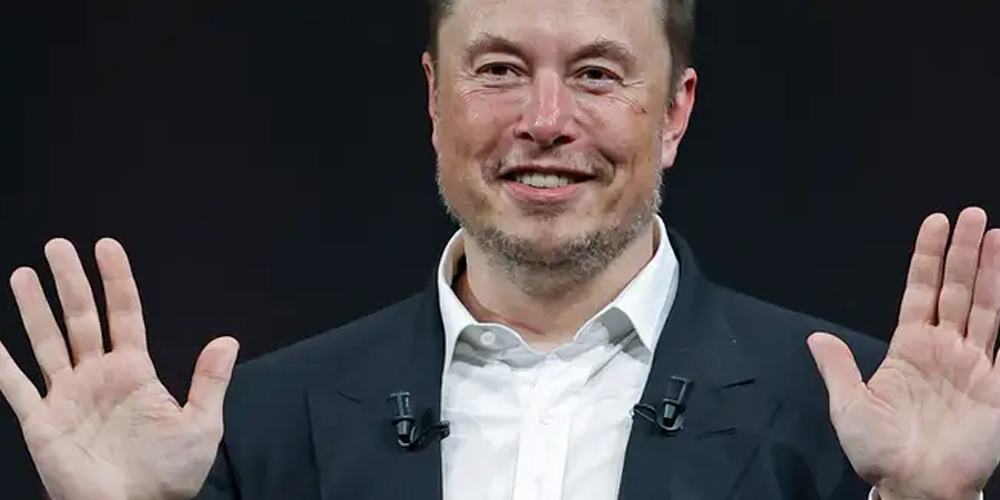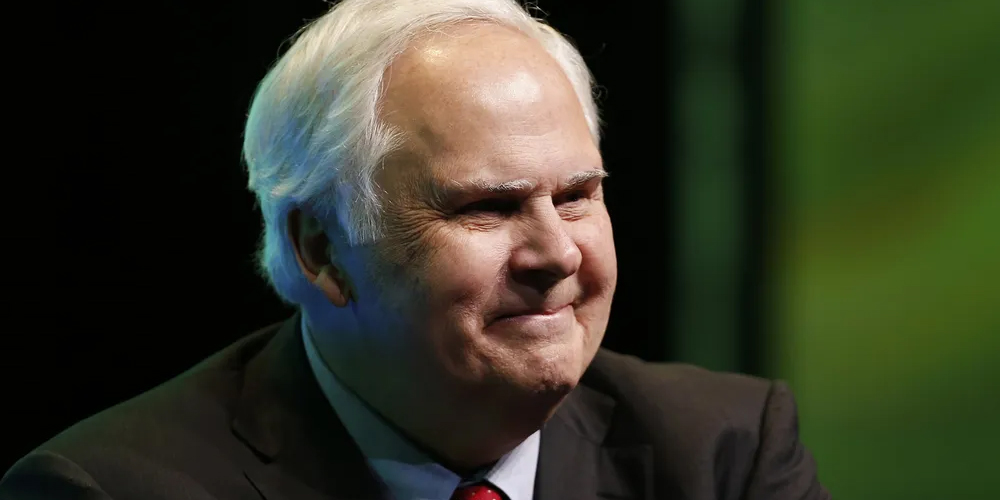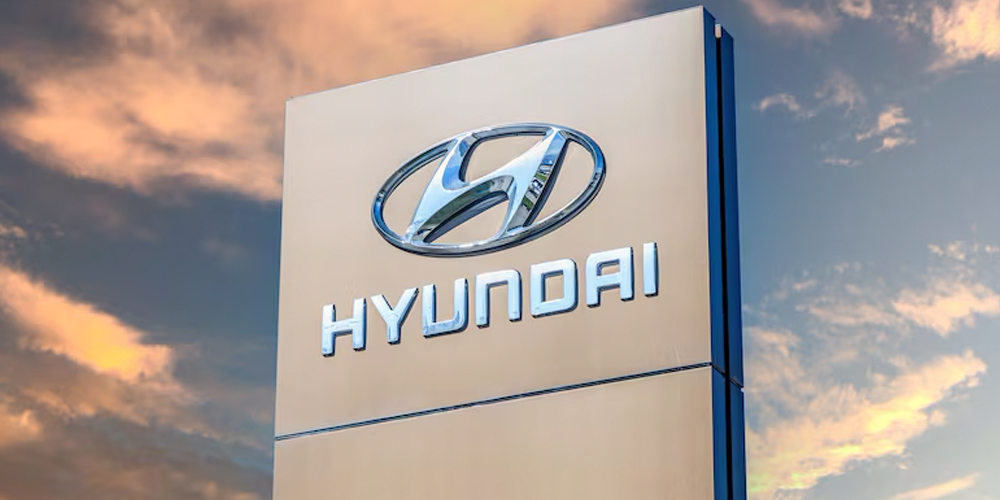Pat Gelsinger’s return to Intel as CEO in 2021 marked the beginning of a transformative period for the company. After years of technological challenges, including manufacturing delays and growing competition, Intel needed a leader who could restore its position in the semiconductor market. Gelsinger, with his deep technical knowledge and leadership experience, is uniquely positioned to guide Intel toward success. He has a clear vision for the company, which includes revitalizing Intel’s manufacturing capacity and fostering innovation in emerging technologies. As a result, Intel’s future looks brighter than ever under Gelsinger’s leadership.
1. Gelsinger’s Leadership Approach: A Blend of Vision and Experience
Pat Gelsinger’s leadership is rooted in his profound technical expertise and strategic thinking. Having spent over three decades in the tech industry, Gelsinger understands the challenges and opportunities within the semiconductor market. His previous experience at Intel, as well as his time as CEO of VMware, equipped him with the skills necessary to navigate the company through turbulent times.
Upon taking the helm, one of the first actions Gelsinger took was addressing Intel’s manufacturing issues. The company had faced significant setbacks in producing chips on schedule, which allowed rivals such as AMD and TSMC to gain ground. Recognizing the urgency, Gelsinger committed to restoring Intel’s manufacturing leadership. He also emphasized the importance of innovation to regain a competitive edge, making it a top priority.
Gelsinger’s leadership style emphasizes a culture of collaboration, creativity, and accountability. He believes that fostering an environment where employees can innovate and think boldly will drive Intel forward. This approach not only rejuvenated the company’s internal culture but also helped to realign Intel’s strategic focus.
2. Intel’s Manufacturing Strategy: Restoring Leadership
Intel’s manufacturing strategy is one of the key pillars of Gelsinger’s plan to restore the company’s leadership position. In recent years, Intel had fallen behind in the race to develop cutting-edge chips. Gelsinger immediately focused on bringing the company’s manufacturing process back on track. To achieve this, Intel made a significant investment in expanding its semiconductor fabrication facilities.
The company announced plans to build new fabs in both the U.S. and Europe, which will allow Intel to manufacture the most advanced chips in-house. These new fabs will play a crucial role in bringing Intel’s manufacturing capabilities to the next level. In parallel, Intel continues to upgrade its existing plants to integrate the latest chip-making technologies. This strategy is crucial in ensuring Intel can meet the growing demand for semiconductors across industries, from data centers to personal devices.
However, Gelsinger also recognized the need for collaboration with external foundries, such as TSMC, to increase production capabilities. By working with third-party manufacturers, Intel can ensure timely delivery of chips to customers while focusing on developing new, advanced technologies. This flexible manufacturing model ensures that Intel is not only able to meet current market demands but also stay ahead of emerging trends.
Additionally, Gelsinger has pushed Intel to adopt more sustainable manufacturing practices. Intel has committed to reducing its carbon footprint and increasing the use of renewable energy in its operations. This shift toward more eco-friendly production methods aligns with global efforts to tackle climate change and ensures that Intel remains a responsible corporate leader.

3. Innovation and Technological Advancement: Paving the Way for the Future
Beyond manufacturing, Gelsinger has focused heavily on driving technological innovation. Intel’s success has always been tied to its ability to lead in chip design and development. Under Gelsinger, the company is once again pushing the envelope in creating next-generation technologies. One area where Intel has made significant strides is in artificial intelligence (AI) and machine learning (ML).
Intel’s investments in AI and ML technologies are positioning the company to lead the future of computing. Gelsinger is focused on developing chips capable of supporting complex AI workloads. For example, Intel’s Xeon processors and Nervana Neural Network processors are designed to deliver exceptional performance for AI tasks. This focus on AI aligns with the growing demand for faster, more efficient processing of big data in industries such as healthcare, finance, and automotive.
Moreover, Gelsinger sees autonomous vehicles as another key area for Intel to explore. The company acquired Mobileye, an Israeli tech company that specializes in autonomous driving systems, in 2017. This acquisition has enabled Intel to create chips that power driver assistance systems and enable self-driving vehicles. Gelsinger’s commitment to this sector is another example of his forward-thinking approach, as autonomous driving is expected to revolutionize transportation in the coming years.
Intel is also placing a strong emphasis on cloud computing, which has become an essential component of modern business operations. With more companies relying on cloud infrastructure, Intel has developed chips designed to maximize cloud performance and efficiency. Collaborating with major cloud providers like Amazon Web Services (AWS) and Microsoft Azure, Intel is providing solutions that optimize data processing and storage.
4. Strategic Partnerships: Collaborating for Greater Success
In addition to internal investments, Gelsinger has prioritized forming strategic partnerships with leading companies in various sectors. This collaborative approach enables Intel to stay at the forefront of technological innovation and deliver cutting-edge solutions to its customers. One key partnership is with Microsoft, a collaboration that has proven essential for advancing cloud computing technologies.
Through this partnership, Intel and Microsoft have jointly developed chips that are optimized for cloud workloads. These chips enhance the performance of cloud platforms, which are used by businesses worldwide to scale their operations. As companies increasingly turn to the cloud for their computing needs, Intel is ensuring it remains a key player in the rapidly evolving cloud space.
Gelsinger’s leadership has also led Intel to collaborate with leading research institutions and universities. These partnerships are designed to foster innovation and ensure Intel continues to be at the forefront of emerging technologies. By working with academia and research organizations, Intel can harness the latest advancements in fields such as quantum computing and advanced semiconductor materials.
Moreover, Gelsinger has worked to strengthen Intel’s relationships with industry groups and regulatory bodies. By participating in industry discussions and shaping policy decisions, Intel can influence the future of technology and ensure that its products meet the highest standards.
5. Restoring Trust: Transparency and Accountability at Intel
Before Gelsinger’s return, Intel had faced challenges in maintaining the trust of its employees, investors, and customers. Manufacturing delays and the perception of stagnation in innovation had caused some to question Intel’s ability to remain competitive. Gelsinger recognized that restoring trust would be crucial for the company’s long-term success.
One of the key ways Gelsinger has rebuilt trust is through transparency. He has consistently communicated the challenges Intel faces, whether related to manufacturing delays or competition from other semiconductor companies. Rather than avoiding difficult topics, Gelsinger has openly discussed the company’s plans for improvement, which has reassured stakeholders.
Additionally, Gelsinger has emphasized accountability throughout the company. By setting clear goals and holding teams responsible for achieving them, he has fostered a sense of urgency and purpose within Intel. This has motivated employees to perform at their best and has led to significant progress in areas such as chip production and technology development.
Conclusion: Intel’s Bright Future Under Gelsinger’s Leadership
Pat Gelsinger’s leadership marks a new chapter in Intel’s history. His strategic focus on manufacturing, innovation, and partnerships has set the company on a path toward regaining its leadership position in the tech industry. Through significant investments in new technology, a focus on innovation, and a commitment to collaboration, Intel is well-positioned for future success.
Under Gelsinger, Intel is embracing the challenges of the modern technology landscape while positioning itself for long-term growth. With a renewed focus on manufacturing excellence, cutting-edge innovations, and a collaborative approach to partnerships, Intel is poised to lead the next generation of computing technology.







